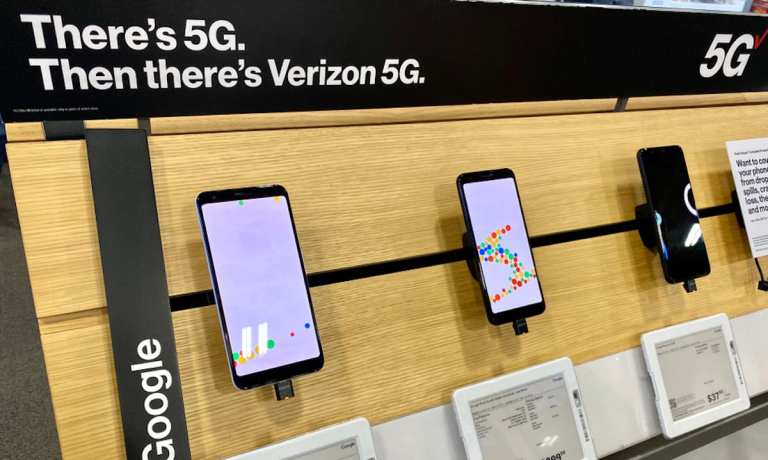If it feels like the rollout of 5G – or 5th generation – super high-speed wireless service has been in the works forever, you’re probably right, given that it was officially launched in 2019.
While the four major cell phone service companies are still racing to make 5G available to more users in more cities, only about 12 percent of global smartphone device shipments enable access to the latest tech, and most of that total is in China.
As for the situation on the ground, there’s still a wide gap between locations that have some degree of access to 5G and actual usage of 5G by consumers – but Verizon is undeterred, and already moving on to the next big thing: “5G Ultra.”
“We’re not slowing down,” said Kyle Malady, chief technology officer for Verizon. “We’re rolling out new services to more customers continuing the digital transformation Verizon has been driving.”
Regular, Ultra And Plutonium?
In a statement coinciding with its participation in the virtual version of this year’s Consumer Electronics Show (CES), Verizon said it ended 2020 with regular 5G available in 2,700 cities serving 230 million people. At the same time, 61 cities had Ultra service available, and another 12 cities were offering 5G home service.
Advertisement: Scroll to Continue
Whether it’s the wireless service providers or the device makers, the parade of 5G promotions and promises, along with an escalation of branding that appears to be headed toward something along the lines of plutonium, consumers are starting to show signs of 5G fatigue even before they’ve been exposed to it.
“On a good day, standing due north on one foot, if there is a breeze, you may actually get a [5G] signal,” PC World reader “Kong53” said in response to reports of the latest advancements, adding that “all the hype is worth nothing while customers in the real world spend their entire days on 4G LTE.”
Like Waiting For A Hurricane
In some ways, the creeping advance of 5G is not unlike tracking the path of an offshore hurricane, right down to predictions as to where and when landfall will occur and which cities will be most impacted.
But even though there are lots of variables and miscalculations involved in weather forecasting, there’s no denying that a hurricane is out there and coming onshore. The same holds true for 5G, as tech-watchers, like their meteorological peers, are sounding the alert.
“5G won’t replace the current 4G infrastructure anytime soon,” Bill Detwiler, editor in chief of TechRepublic, wrote – but added that CIOs and business leaders still need to pay close attention.
[With] its high bandwidth and low data-lag or latency, 5G can provide near-real-time connectivity for “IoT devices, drones, autonomous cars” while also “supporting more devices per square mile than 4G,” Detwiler said, noting that “5G will enable many of the technological advances we’ll see this decade.”
From Farm To Tablet
Although this year’s remote CES has only about half its usual roster of speakers and exhibitors, the buzz around 5G and the agenda of topics surrounding its ongoing trek forward is still full, prominent and diverse.
Among the various 5G-related keynotes, breakouts and other presentations slated for the next four days is a pitch from John Deere on the future of precision farming, a look at the reality of so-called “smart cities” that are only as good as their connectivity, as well as an update on how 5G can help close the technology gap and make “broadband for all” a reality.
Read More On 5G:




